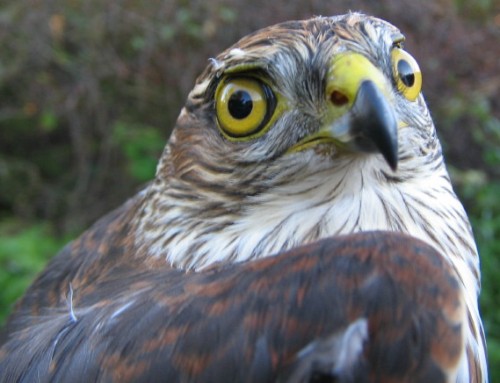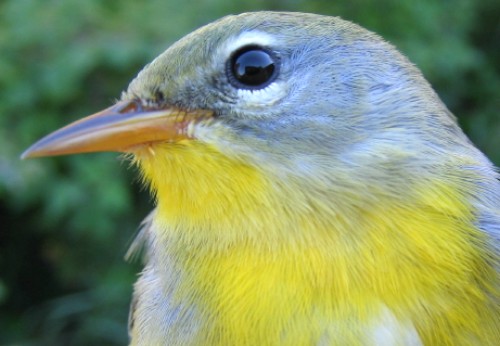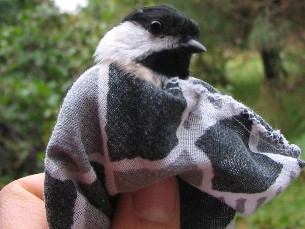|
McGILL BIRD OBSERVATORY |
||||||||||||||||||||||||||||||||||||||||||||||||||||||||||||||||||||||
Welcome
to the McGill Bird Observatory weekly report.
Click here for a complete listing of our archives.
Banders-in-charge:
Marie-Anne Hudson, Barbara Frei Notes: This was, without a doubt, the busiest week of the season thus far - and in fact the busiest in the history of MBO! And before I say anything more I want to thank all the volunteers this week for their hard work and dedication! We would not have been able to pull off some of our crazy days without your help. So give yourselves a big pat on the back. The Yellow-rumped Warblers were by far still the most numerous birds banded this week, with a record 71 individuals banded out of 88 birds on Tuesday, September 26th. Over the course of this one week, more of them were banded than in the entire 2004 and 2005 migrations combined! But by the second half of the week it was clear that Ruby-crowned Kinglets and sparrows would soon take over as the top species, as the Yellow-rumped Warblers begin to slowly taper off toward the end of their migration period. The number of birds banded steadily increased as the week went on to a record breaking day on Saturday with 152 individuals banded (23 species) followed by a very busy Monday with 129 individuals (21 species). Some of this week’s highlights include, 1 Sharp-shinned Hawk, 4 Hermit Thrushes, 1 Chestnut-sided Warbler, 1 Savannah Sparrow, 2 Philadelphia Vireos and 1 Orange-crowned Warbler. Any of course many, many more!
A distinct shift has occurred in this week’s top 10 banded -- the warblers are becoming less numerous (except the Yellow-rumped of course!) as sparrow and kinglet numbers are climbing. Most mornings at MBO are filled with the somewhat less than melodious attempted songs and chirps of young White-throated and Eastern White-crowned Sparrows - the latter much more numerous than they usually are here. Ruby-crowned Kinglets, often curiously watching the volunteers as they walk the net lines, are beginning to gather in large numbers, as seen this Monday morning with 57 banded that day alone. The top ten species observed also reflect these changes, with the three sparrow species, Ruby-crowned Kinglets and Yellow-rumped Warblers all making the top ten. The Canada Geese are continuing their migration and will likely be near the top spot for some time to come. American Robins, Blue Jays, and Black-capped Chickadees continue to be common sightings in the area, though the chickadees are nowhere near as abundant as they were at this time last fall.
|




